MICHAEL JUDE RUSSO GREEN ART
Early in life I started designing and redesigning many of the things around me.
Furniture and lighting was designed in my own inspired style ( "One Man's Design Becomes a Philosophy - Furnique", New York Times Home Section Dec. 1987).
Designing functional pieces ultimately led me to evaluate the wood cuttings that were left from the process. Some of them were easy for me to visually connect to each other and to varied objects in my environment. At that moment putting things together to create purely sculptural pieces became an obsession. The world's art supply includes absolutely everything! Nothing is worthless! The new, the old and the used can be reassigned in MY ART WORLD!
FURNITURE DESIGN AS
FURNIQUE
I call my functional design pieces “Furnique” (New York Times Home Section – Dec. 31,1987)





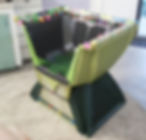

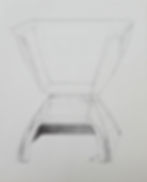






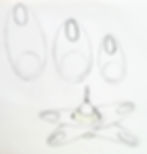



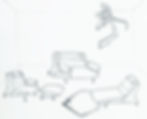
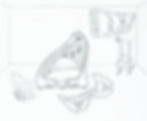
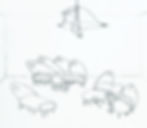

























































The design concept was inspired in me by a number of influences including Art Nouveau, Art Deco and my realization and appreciation of organic form and development in nature. The goal is to create functional pieces that appear to have "grown" instead of being built or made.
Furnique exhibits characteristics found in living things. Parts are joined looking as though they would move (open, close, stretch, bend, etc.) They are visually kinetic and (in some instances) actually can allow changes in their form.
Metamorphosis in the natural world can be represented in a room collection where the functioning pieces (seating, tables, lighting, etc.) relate to each other as stages of organic development.
Furnique pieces are sculptural "in the round"; no true back or front.
Elements of function are often hidden in the design just as systems are incorporated in living organisms.
INTERIOR DESIGN AS ART
Balanced color, light and texture can create a peaceful interior atmosphere. Comfort in the furnishings is very important as well as discretion in the size and number of pieces used. Interesting focal points should be architectural accents, art and sculpture. Art as décor should have a personal connection to an occupant; most purely decorative items will dilute the design impact of a space and are unnecessary.








An exciting interior space is a functional compilation of form, color, texture and light. The components necessary to create such a space are:
-
A clean flowing space (clear and open)
-
A wall painted as a sculptural element – this can transform a barrier into a design feature
-
Use of curves and rounded edges on built-ins (shelves, cabinets, doors and furnishings) and drywall - drywall corners can be softened by the use of rounded corner bead
-
Use of pocket doors
-
Functional storage is sculptural
-
Technical apparatus is hidden in the design and out of view
LANDSCAPE DESIGN AS ART
7. Unity of horizontal lines in the space – minimize the
number of heights by matching levels of furniture,
windows, shelving, art, etc.
8. Continuous flooring and/or floor color through the
space – also (where visible) exterior paved surfaces
can continue the color from inside to outside
9. Circularity in the floor plan – no “dead ends”
10. Maximum light from windows and doors (with
controlling treatments for varied effects and privacy)
11. Views with perspective – long views from one room
into another
12. Views through windows that comfortably continue
from inside to outside without exterior obstacles
Include these elements in any size garden.The views from indoors should be framed natural visions of serenity, discovery and/or inspiration.


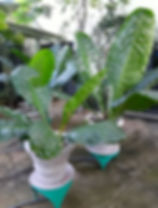





























-
Long perspectives with unobstructed views
-
Plantings to create the illusion of vegetation that continues beyond the property borders
-
Planting according to the sun’s direction through the seasons
-
Plant combinations and juxtaposition to achieve a balance of texture and color (use of variegated and colored foliage as well as blooming varieties
-
Size control of plants by variety and pruning (this assures that each plant has sufficient light and space yet will intermingle enough to have a naturally grown” look – some specimens may be trimmed as topiary to act as accents in the garden
6. Include aromatic plants, a few oddities and native
varieties as botanical surprises
7. The placement of statuary and sculpture can add style
and personal taste
8. Pathways to give a sense of adventure and exploration
– they should have circularity (no “dead ends”) and
possibly lead to a serene meditative destination (a
gazebo or seating)
9. Variation in the topography as a path is followed can
add a sense of intrigue
10. A water feature will add liveliness and tranquility at
the same time
11. A bridge or a beautiful gate along a path adds interest